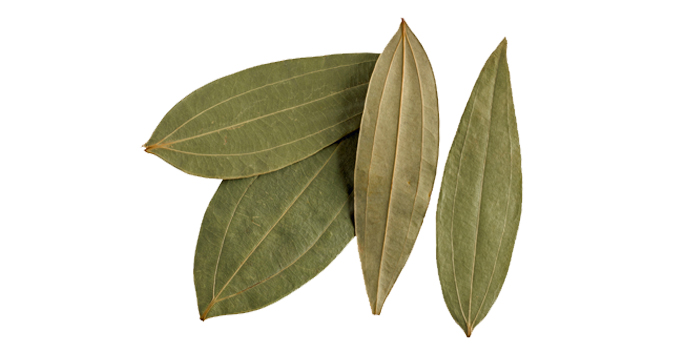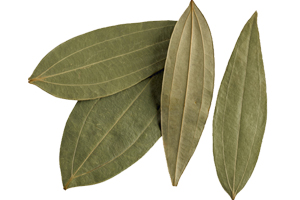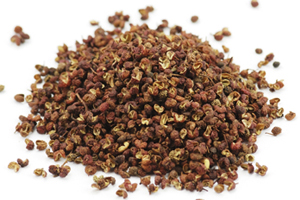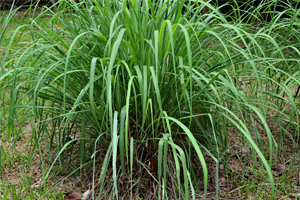Cinnamon Essential oil


Cinnamon Essential oil
| Botanical Name | Cinnamomum tamala |
|---|---|
| Common Name | Cinnamon |
| Family | Lauraceae |
| Parts of used | bark, leaves and fruits |
| Method of extraction | Steam distillation |
| Distribution | 450 - 2000 m, east to west of Nepal |
| Type of Product | Wild Crafted |
Plant Description:
Cinnamomum tamala is a medium-sized evergreen tree about 8 meters tall. Leaves simple, short-stalked, leathery, ovate, lanceolate, long pointed 10- 15 cm long with 3 conspicuous nearly parallel veins arising from near the base, bright pink when young in spring, aromatic when crushed. Flowers pale yellow, in the terminal and axillary-branched clusters. Fruits are ovoid drupe, black, and succulent. The bark is used to manufacture an aromatic essential oil (makes up 0.5% to 1% of its composition). The oil is obtained by roughly pounding the bark, macerating it in seawater, and then quickly distilling the whole.
Product Description:
Cinnamomum tamala is a moderate-sized evergreen tree which is the source of Cinnamomum tamala leaves and the Indian cassia bark. It is distributed in tropical and sub-tropical Himalayas; therefore, it is grown widely in the Chure range of Nepal at an altitude of 1500 m. It has aromatic leaves and barks which are used for culinary and medicinal purposes. It is one of the significant sources of the medicinal plant leaves known in classic and medieval times as malabathrum. The cinnamon oil and extracts exhibit antibacterial, anti-fungal, and antiviral properties. Cinnamon oil is an aromatic, astringent, stimulant, expectorant, and carminative. The oil shows potent antibacterial and anti-fungal activity.
Chemical Constituents:
In the essential oil from the leaves, mostly monoterpenoids were found: Linalool (50%) is the major compound, whereas a-pinene, p-cymene, ß-pinene, and limonene range around 5 to 10% each. Phenylpropanoids appear only in traces: Newer work reports 1% cinnamic aldehyde and no eugenol, whereas older literature speaks of traces of both compounds. Leaves and twigs afford essential oil containing cinnamaldehyde as a major constituent; others include- ά and β –pinene, limonene, β-phellandrene, ρ- cymene, ocimene, γ –terpinene camphor, linalool, borneol, β- caryophellene, ά-terpineol, benzyl cinnamate, benzaldehyde, eugenyl acetate, eugenol, and cinnamyle acetate.
Benefits:
- Cinnamon essential oil relieves pain by stimulating blood circulation in the affected areas.
- The sweet aroma of the oil also reduces stress.
- The oil is a natural insect repellent.
- The cinnamaldehyde compound in the oil not only destroys microbes, bacteria, and fungi but also reduces inflammation.
- The oil is especially beneficial in treating common cold and cough.
- The oil inhibits the growth of certain bacteria. Therefore, spraying or letting the smell into the house helps to disinfect the places, including hospitals.
- The essential oil is also used to brighten up the mood, cheer up, and improve relaxation.
- Cinnamon essential oil is widely used in aromatherapy that helps to lessen depression, stress, anxiety, and insomnia.
- When used in candles, the aroma of the oil rejuvenates the environment of the room.
Medicinal use:
Useful to reduce blood sugar levels in people with diabetes, treating flatulence, and indigestion in traditional medicine, to stave off common cold and oxidant stress conditions, and a natural food preservative.
It can also be used to stop bacterial growth in the mouth and stop forming cavities in teeth.
Culinary use:
Used as a spice; preparation of chocolate, desserts, spice powder, and as an ingredient in the preparation of many popular Asian and Chinese cuisine.
The oil is edible; therefore, it can be used in a variety of food items such as bakery, tea, confectioneries to enhance their taste. The Cinnamon essential oil can be used to preserve foodstuffs expand their shelf life.
Cosmetic use:
The essential oil is used as a fragrance component in soaps, detergents, cosmetics and perfumes, toothpaste, and industrial fragrances.
This oil is widely used—in combination with other essential oils–in hair care products, especially for thickening and growing hairs.
Body lotions contained with Cinnamon oil is widely popular.
- MSDS
- TDS
- COA
- Specification Sheet





